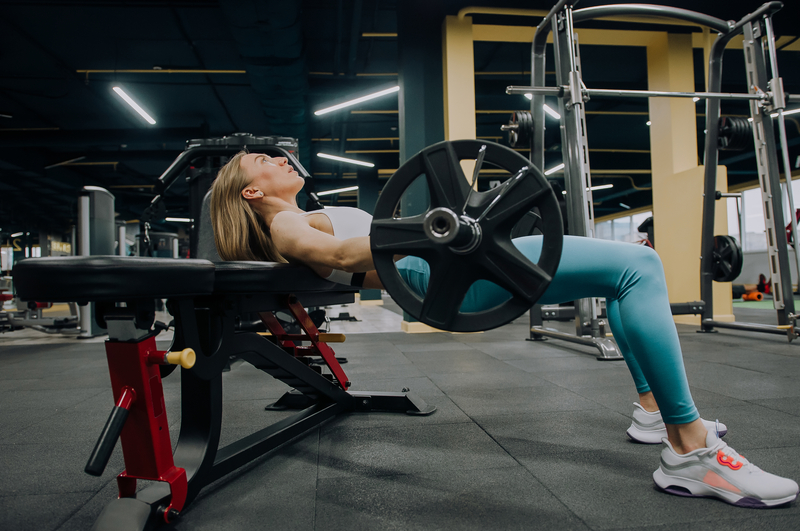Sets, Reps, and Tempo—A Beginner’s Guide and How They Work with Your Goals

As a beginner just starting your journey into health and fitness, things like sets, reps, and tempo might be foreign to you. But, when you are putting together your workout routine, you can benefit from the strategic use of sets and reps and use tempo to hone in on your goals.
What Is the Difference Between Sets, Reps, and Tempo?
When you do resistance training, there will be a cadence and an order to your movements. These will revolve around your ultimate goals, the exercises you choose, the number of sets you do for each exercise, how many repetitions you do during each set, your rest intervals, and how fast you perform the movements. What do each of these categories mean?
Sets—these are a grouping of repetitions. If you do 15 pushups, rest, and do another 15 pushups, you just did two “sets” of 15.
Reps—this stands for “repetitions” and is the number of times you perform a certain exercise. In the above example, each pushup was one “rep.” So, you did 15 reps in each set.
Tempo—this refers to how quickly (or slowly) you lift and lower the weight during each repetition. This can also refer to the amount of rest time you take between sets.
Your sets, reps, and tempo will vary based on what you’re trying to achieve in the gym.

How to Choose Your Range for Sets and Reps
Depending on your fitness goals, you’ll be able to build your workout program around strength training, building muscle, enhancing endurance, or burning off body fat. Each of these goals has a slightly different formula when it comes to choosing your set and rep ranges.
You might have multiple goals, like wanting to both build muscle and lose body fat, but to properly choose your sets and reps, you’ll need to decide on your main goal. (You can always change it later.)
There will be a slightly different strategy for each, but they will all use some combo of sets, reps, and tempo.
For endurance, you’ll be doing a high number of repetitions and sets to wear out the muscle and work on your conditioning. For this type of goal, you’ll want to focus on a high rep range of 25 – 30 repetitions per set, but you might only do two or maybe three sets per exercise as doing this many repetitions is time-consuming and can be exhausting.
To burn fat, you’ll stay in a neutral zone of about 12 – 15 reps for three to four sets per exercise. It’s best to do three to four sets per exercise as you want to keep your training volume (the amount of work your muscles are doing) relatively high in order to burn the most calories you can.
Sometimes, the number of sets you do can depend on your rep range. For example, if your aim is to build muscle, with the small number of reps per set, you may want to do four to six sets of each exercise to give the muscle enough work volume to grow, even with the lower rep ranges.
For strength training, the reps drop even lower, down to one to six repetitions per set, with four to six sets per exercise selection. Some folks even focus on doing a one-rep max lift.
How Does Tempo Change Your Workout?
Once you have decided on your exercises, sets, and reps, you can incorporate tempo to get the most out of your workouts. You’ll use a faster or a slower cadence, with emphasis on the top, middle, or bottom of your repetition.
Your “tempo” can also include the time you rest between sets, and this, too, will depend on your specific goals.
Maximize your strength—you’ll want a long rest (about five minutes) between sets. This allows your muscles time to fully recover to the point where you have regenerated enough power to perform another set at full strength.
Maximize muscle building—if you’re going for hypertrophy (the building of muscle mass), a medium amount of rest between sets is more appropriate at one and half to two minutes of rest between sets.
Keeping all of these strategies in mind, don’t worry too much if you don’t get it exactly right. You’ll still get a great workout no matter what your sets, reps, and tempo look like as long as you stay consistent, focused, and challenge yourself.






